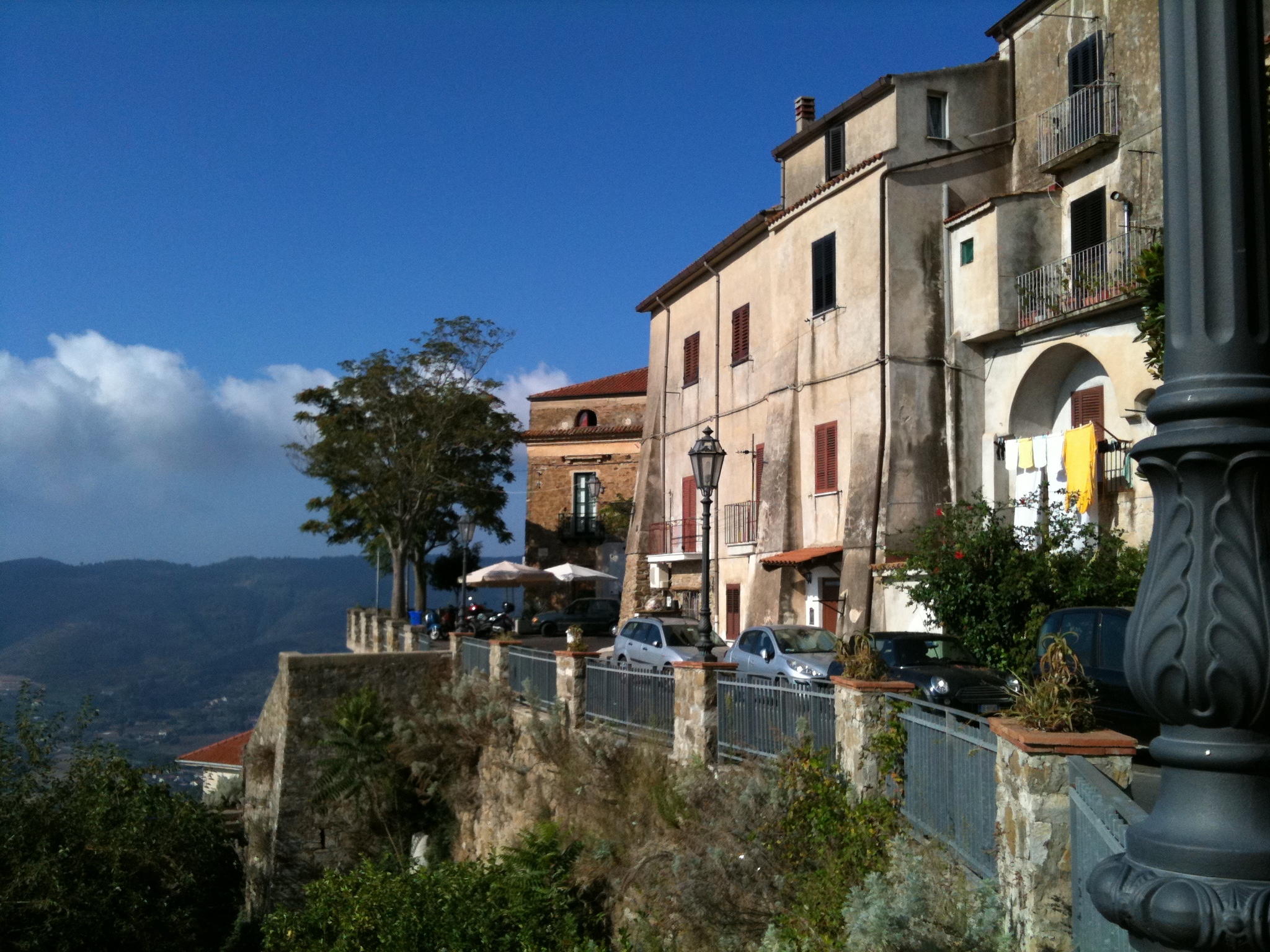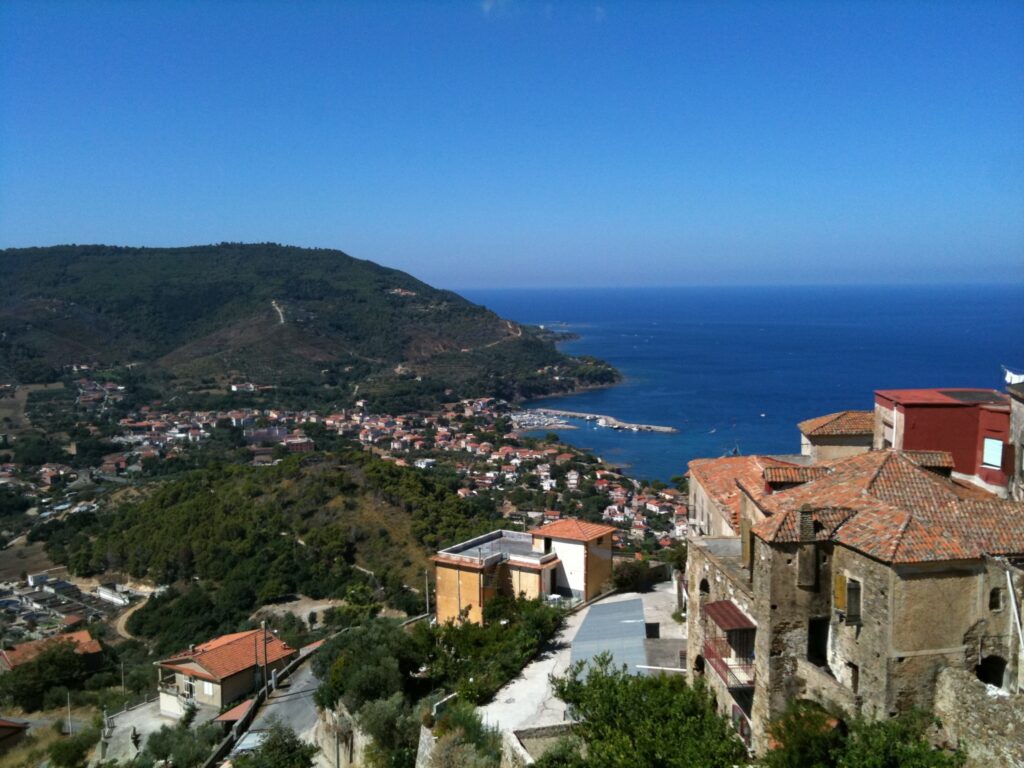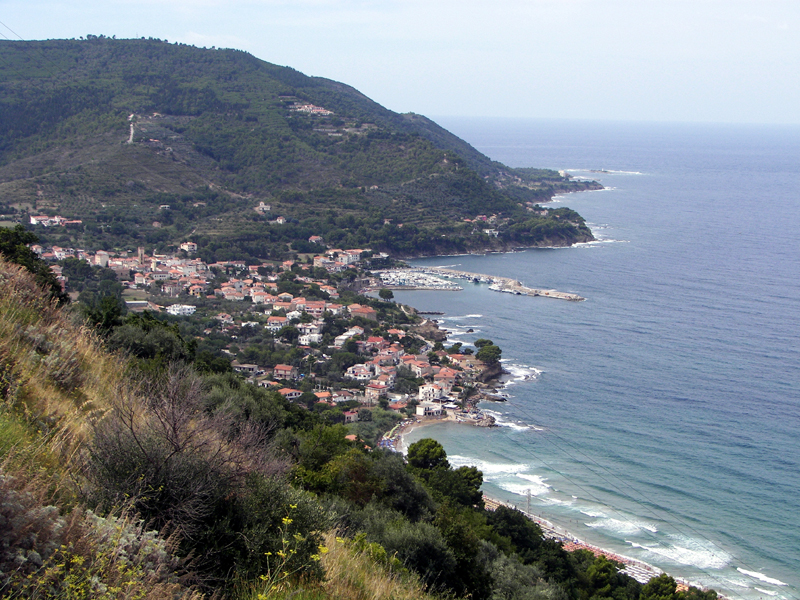Castellabate and the Punta Licosa nature reserve
GRAND TOUR BLOG | 14 October 2020

Castellabate and the Punta Licosa nature reserve

Castellabate and Punta Licosa immersed in the history of Cilento
I begin to tell you about Castellabate…
To take a holiday in peace on Cilento it is the ideal destination. Enjoying a few days of tranquility in this area is the ideal choice where the combination of nature and relaxation are the routine.
Among the areas of Cilento to visit there is Castellabate: it is a small gem in the province of Salerno surrounded by nature where rhythms are slow and punctuated by everyday life.

Castellabate is the city chosen for the filming of the film “welcome to the South” in which a Milanese citizen, employed at post offices, after superstitions and difficulties in living in the South, he falls in love with this splendid town and, when the time has come to return to the North he would no longer like to leave her because his heart now belongs to that city and its inhabitants. As beautiful as it is, now everything is taken from that city!
Castellabate, it is a small jewel overlooking the sea: is situated on the Tyrrhenian coast north of Cilento in Gulf of Salerno in which the inhabitants practice fishing. E’ located within the Cilento National Park, in the Vallo di Diano and Alburni. It is an agglomeration of houses located in a characteristic village. Living in Castellabate, it means “live in a big family” given that the sympathy and affability of the inhabitants is engaging.
…then move on to Punta Licosa

Punta Licosa is a marine reserve, hamlet of Castellabate, formed by a promontory called Enipeo from Licofrone O Posidio da Strabone which houses a forest park in the midst of unspoiled nature:
the estate of Punta Licosa, Marine park it is to Natural reserve is formed by well 800 hectares where there is a small hamlet on the slopes of the Monte Licosa and an ancient fortress.
On the island of Punta Licosa there is a large lighthouse where, inside, you can still see a mosaic floor from the imperial age.
Small coves in a coastal rock created due to the lifting of the internal reliefs.
Of a scenic beauty is the Marquis palace from the first half of the 14th century and a small church that survived the English bombing of 1806.
Of the promontory of Lycus tip Homer spoke of it, nell’Odyssey because it was thought to be the home of the sirens.
Punta Licosa is divided into three zones:
- Licosa I (central location from the Licosa promontory to the Punta di Licosa);
- Licosa II (flat area of Licosa towards Ogliastro Marina);
- Licosa III (locality near the Vallone Alto di Licosa towards the port of San Marco)
- San Giulio alle Tre Cipolle (upper part of the promontory).



